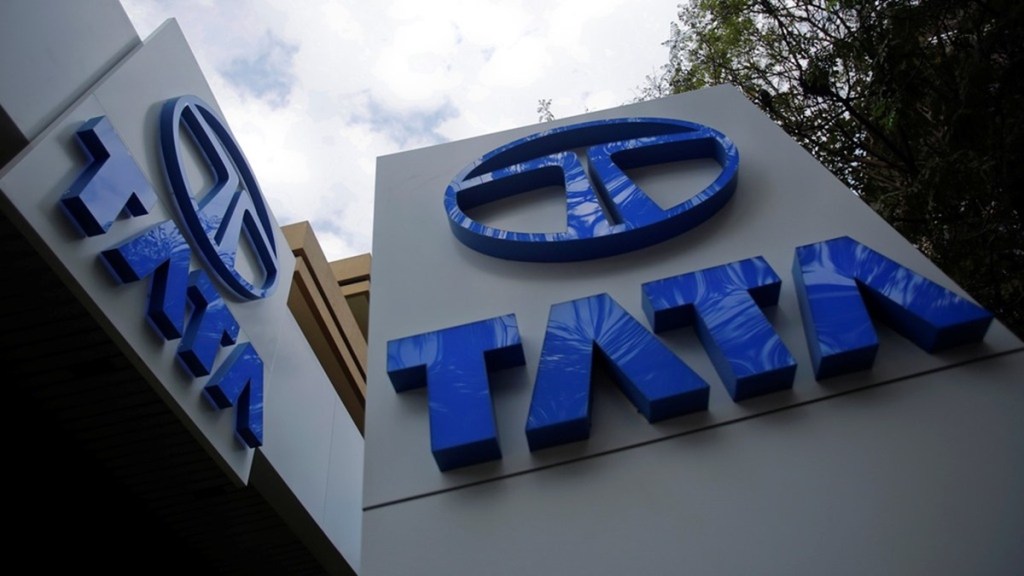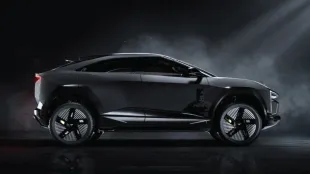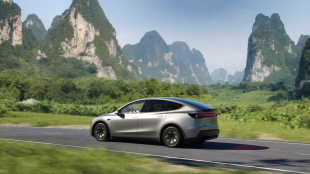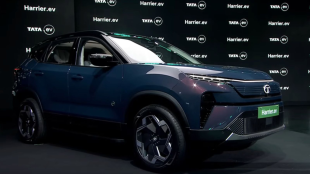Tata Motors is planning to roll out another affordable electric vehicle model, as its competitors focus on mid and premium segments.
The company is waiting for the market to stabilise for the launch of the Altroz EV, which has been in the works for a few years.
Vivek Srivatsa, chief commercial officer, Tata Passenger Electric Mobility, said, “We have a couple of products catering to the Rs 8-11-lakh price band. We want Altroz (EV) to play a specific role. We have two products where Altroz (EV) was supposed to be. We will wait for the right time when there is a proper role for Altroz in the portfolio and also for the EV category to stabilise.”
Tata Motors’ EV product portfolio was conceptualised in 2020-21 with proper differentiation between models and in-between addressable markets. The EV market has undergone a significant change since, with the prices of batteries and other aggregates coming down.
“Price erosion has taken place much faster than anticipated in the EV segment. Hence, we don’t want to rush in and create more confusion in the category,” Srivatsa added.
With five EVs, Tata Motors has the largest portfolio of passenger battery electric vehicles in India. Its price range starts at Rs 7.99 lakh for the Tiago.ev and goes up to Rs 17.49 lakh for the Curvv.ev. Under Rs 11 lakh, the Mumbai-based company’s second product is the Punch.ev.
On Thursday, an updated version of the Altroz premium hatchback powered by petrol, diesel and CNG engines was launched with prices starting at Rs 6.89 lakh (petrol model, ex-showroom). The model will compete against the segment best-sellers Maruti Suzuki Baleno and Hyundai Elite i20. This is the first major update for the model since its debut in early 2020.
The premium hatchback segment generates a monthly volume of more than 30,000 units. From a peak of 25% in 2023, Tata Motors’ share in this segment has dropped to 12%. The company is confident of pushing its share to 30% with the latest launch.
“The hatchback segment will stabilise at around 20% of the industry’s volume and within that the premium hatchback segment will grow to close to 50%. Volume growth is not there. Last couple of years the segment has seen degrowth. However, the segment will stabilise,” Srivatsa added.




















